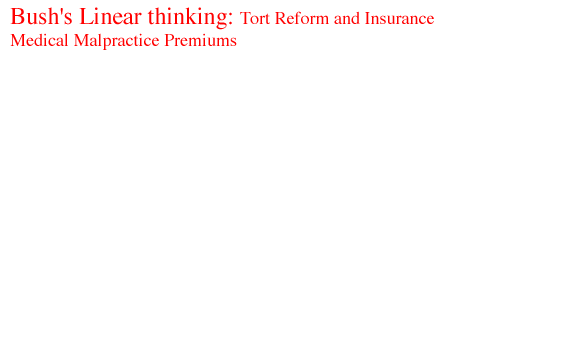Learning Stories
by
Mario deSantis
mariodesantis@hotmail.com
“I am a Canadian, free to speak without fear, free to worship in my own way, free to stand for what I think right, free to oppose what I believe wrong, and free to choose those who shall govern my country.” - -The Rt. Hon. John Diefenbaker, Canadian Bill of Rights, 1960
“The whole judicial system is at issue, it's worth more than one person.”--Serge Kujawa, Saskatchewan Crown Prosecutor, 1991
“The system is not more worth than one person's rights.”--Mario deSantis, 2002
Ensign Stories © Mario deSantis and Ensign
|
|
We live in a mind-boggling world. We have the capacity to solve our own problems, and yet we do not. The major problem is the push for the privatization of the public good. When we further privatize the public good we further privatize justice. The mind-boggling result is that as we further privatize the public good so we need more legislation to 'protect' what we have unsustainably privatized. The American health care system is private, the health care insurance malpractice premiums are getting too high and linear thinker President Bush blames such high insurance premiums to frivolous lawsuits and the related multimillion dollars jury awards. President Bush has the quick fix of Tort Reform to solve the malpractice of doctors: a cap of $250,000 on jury awards for pain and suffering, less frivolous lawsuits, and limited punitive damages. Without getting into the arena of the need to progressively move to a public health system let us review what is happening in medical malpractice insurance. The stakeholders of medical malpractice are: insurance companies, doctors and patients. Insurance companies' interest is to make a profit, the interest of good doctors is to provide effective medical services, and the interests of patients is to receive needed and affordable medical services. The insurance companies are not really entrepreneurial as they are now in business to make money with no risk and therefore to make expected profits; so if their insurance claims increase they have no choice but to increase their medical malpractice insurance premiums. Good doctors provide effective services, however as medical malpractice insurance premiums increase they have no choice but to work harder and in the process they increase the incidence of their own malpractice. Ultimately, the patients take the brunt of the increase of medical malpractice costs as they are victimized three times, first for the increase of medical fees, second for being further victims of medical malpractice, and third for having their legal remedies limited by Tort Reform no-fault medical insurance legislation. The Public Citizen organization has conducted researches in medical malpractice and some of their documented findings are:
From the above mentioned Public Citizen's findings it becomes a natural logic to finger president Bush Inc. as the culprit for the further deterioration of medical services. The linear thinking mentality of president Bush is expressed by his simple thinking that the effect of higher insurance malpractice premiums have been caused by higher jury awards. We know better, there is more than a direct cause effect relationship between the higher insurance malpractice premiums and the higher jury awards.
References President Calls for Medical Liability Reform January 16, 2003 http://www.whitehouse.gov/news/releases/2003/01/20030116.html Medical Misdiagnosis: Challenging the Malpractice Claims of the Doctors' Lobby, Executive Summery, Public Citizen, January 9, 2003 http://www.citizen.org/congress/civjus/medmal/articles.cfm?ID=8778 |

